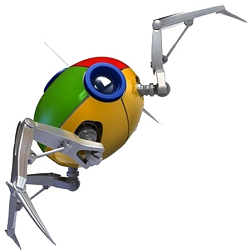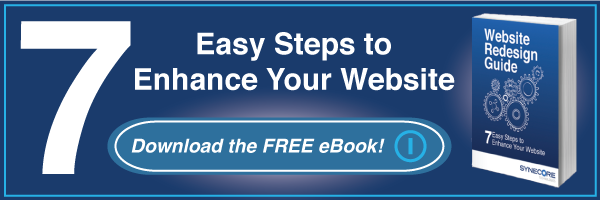 In part one of this four-part blog series, The Four Pillars of the SEO 2.0 New World Order, I discussed the need to define your target market to better meet the needs of your audience. I also described how informational, navigational, and transactional web pages guide your prospects through the buying process, which helps boost website conversions.
In part one of this four-part blog series, The Four Pillars of the SEO 2.0 New World Order, I discussed the need to define your target market to better meet the needs of your audience. I also described how informational, navigational, and transactional web pages guide your prospects through the buying process, which helps boost website conversions.
In part II, I want to touch on how you can build valuable on-site content that provides access to search engine web crawlers and gives visitors a unique online experience.
BUILDING ON-SITE CONTENT: HUMANS VS CRAWLERS
As a general rule, we humans prefer a website that is visually appealing and compelling. But a search engine can only see the text, links and code driving each page. The greatest challenge to building optimal on-site content, therefore, is to craft web pages that are accessible and relevant to humans and search engines alike.
The problem is that search engine web crawlers and humans see site content through different eyes. Crawlers are unable to recognize images, audio, video, and password-protected or otherwise hidden content. What they can see are the more prosaic elements of a site, such as meta-elements, alt tags and descriptions, anchor text, URL headings, and oh yea, one more thing – WRITTEN content.¹
KEEP IT RELEVENT
You want to make sure your on-site content is relevant to visitors in four ways:
- Matches Interests and Intents – On-site content must provide information, address questions, or resolve a need or want. It must also connect with visitors at every stage of the buying cycle.
- Original and Accessible – Your content should differentiate, offering original, detailed, and descriptive product information written in language your target audience can relate to.
- Literal and Specific – Detailed specs highlighting product attributes add value and establish you as a trusted resource.
- Provides a Compelling User Experience – User-generated reviews leverage the passion of your customers and clarify additional keywords that customers may be using when searching the web.¹
From a SEO 2.0 perspective, all of the content on your web pages plays a role in driving relevancy, which can lead to higher search ranking and more traffic. Make sure to use keyword research tools to assess visitor demand for certain keywords and phrases so you can craft content to better serve their interests.
You also want to socialize your content by sharing it across your social media platforms.¹ Social media is a great way to amplify your content, generate interest in your brand, and build additional SEO value.
Building on-site content that is relevant to both humans and search engines enables you to drive visibility and engagement, two factors necessary to increase website conversion.
Stay tuned for part III of this series, where I’ll explain how you can use site structure and navigation to optimize your content messaging.
Do you think your website content is speaking to prospects and web crawlers?
OMS Presentation, “Making the Most of Natural Search: The Four Pillars of a Strategic SEO Program”
Image courtsey of GuerillaBomb
